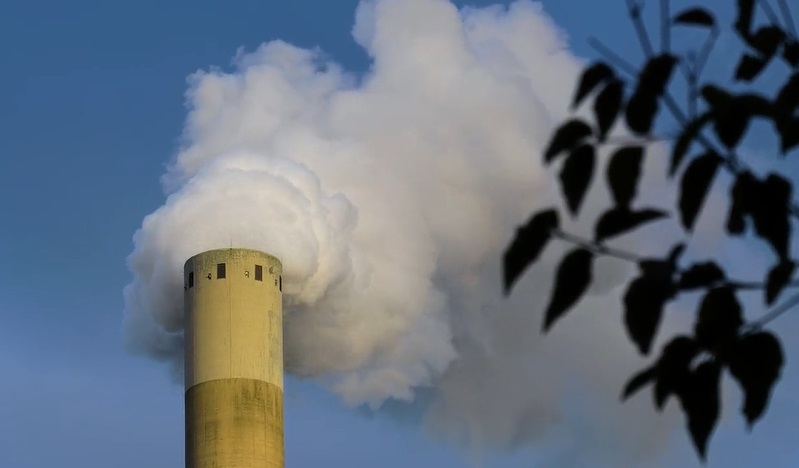Carbon Capture Startup Verdox Raises $80 Million from Bill Gates’ Breakthrough Energy and Others


Carbon capture and removal startup Verdox announced that it has raised $80 million in committed capital from investors including Bill Gates’ Breakthrough Energy Ventures, Prelude Ventures, and Lowercarbon Capital. The investment will be used to develop and deploy the company’s electrochemical carbon capture technology.
Carbon capture technology removes CO2 from the air, or from industrial applications before the CO2 is released. Scaling carbon capture technologies is seen as key to enabling the achievement of global climate goals, and the sector has evolved as a focus investment area for companies, governments and investors.
Breakthrough Energy Ventures’ Carmichael Roberts said:
“The high energy efficiency and scalability of Verdox’s technology could enable the company to play a major role in addressing the carbon removal challenge. This innovation has provided a paradigm change for both industrial and air capture – and the Verdox team has made great strides to reduce the concept to economical commercial practice.”
Founded in 2019, Verdox’s technology platform uses electricity to remove carbon dioxide both directly from the air and from emission sources. The company is commercializing its electroswing adsorption (ESA) platform technology, which controls the capture and delivery of CO2 by applying a current at select voltages, using only electricity to remove CO2 from industrial emissions and the air with 70% energy savings compared to conventional approaches.
Dr. Brian Baynes, Founder, and CEO of Verdox, said:
“Combating climate change requires the world to prevent further increases in atmospheric carbon dioxide concentrations and eventually return them to pre-industrial levels. Many industries, however, still lack a plan for complete decarbonization, because of the high cost and energy consumption of currently available capture technologies. Unlike these predecessors, Verdox’s technology has the potential to capture carbon from any industrial source or the air – and at up to 70% relative energy savings, giving us the ability to intervene completely.”












